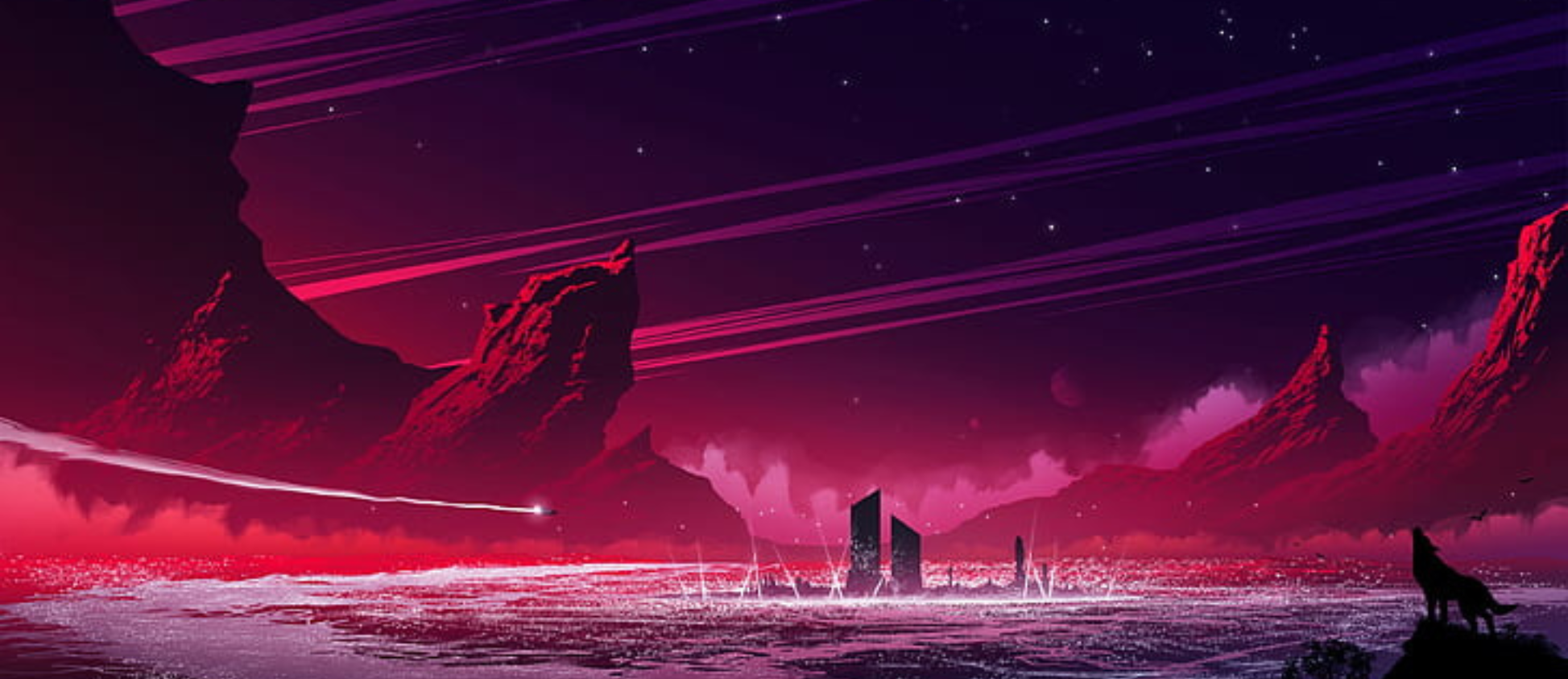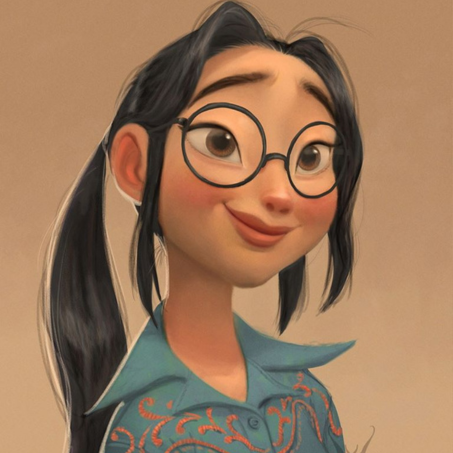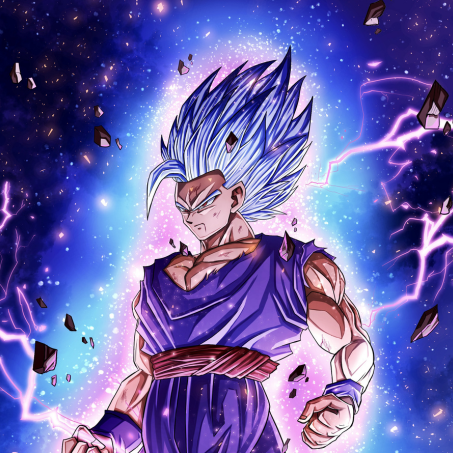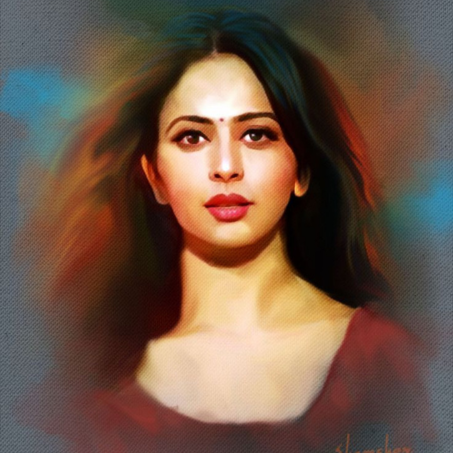Digital Art

Although the first digital art experiences date back to the 1980s, its roots can be traced back to the 1960s with artists such as Frieder Nake, the group EAT (Experiments in Art and Technology), and Allan Kaprow exploring the relationship of man and machine in the artistic realm and, especially the latter, envisioning a world of unbounded communication and interconnectedness. Similarly, in the 1970s pioneering video artist Nam June Paik envisioned a future of boundaryless communication and coined the iconic expression “electronic superhighway.” It was in the early 1980s, however, that an artist Harald Cohen with a group of engineerings invented a paint program named AARON: a robotic machine designed to make large drawings on the sheet of paper placed on the floor. Initially, the machine was creating abstract drawings, then those turned more representational over time and the machine was able to imitate shapes from nature. In the ’90s, AARON also started to implement color to the drawings. Even though Cohen was always very careful not to claim AARON’s creativity but rather his own, considering the machine just as a tool for his own expression, his program is now considered as a harbinger of what we know today as Artificial Intelligence.
We customize the type of work you need. So depending on your space layout, we offer solutions to all your art requirements- be it a hanging piece, a wall art or a magnificent photograph. Also, we take commercial projects as well, mainly from the hospitality industry, where aesthetics and art are pivotal in the ambience. Our customization services take care of measurement issues, size variables and more, to give you the ultimate art solutions for your interior spaces.
Involving techniques that are not distinctive of creative expression only, digital art is ever-evolving and radical in the way it is produced, distributed, and viewed. But not only does digital art employ different electronic technologies, it also results in a digital final product, be it a vector image, an Adobe Photoshop collage, a virtual environment, or an NFT, just to mention a few. As digital technology has become inextricably intertwined with everyday existence and continues to advance, new artistic avenues open up and the artist’s toolbox is today wider than ever.
Our Digital Art Collection

Girl digital art

Shy girl digital art

Anime digital art

Artistic digital art

Artist digital art


